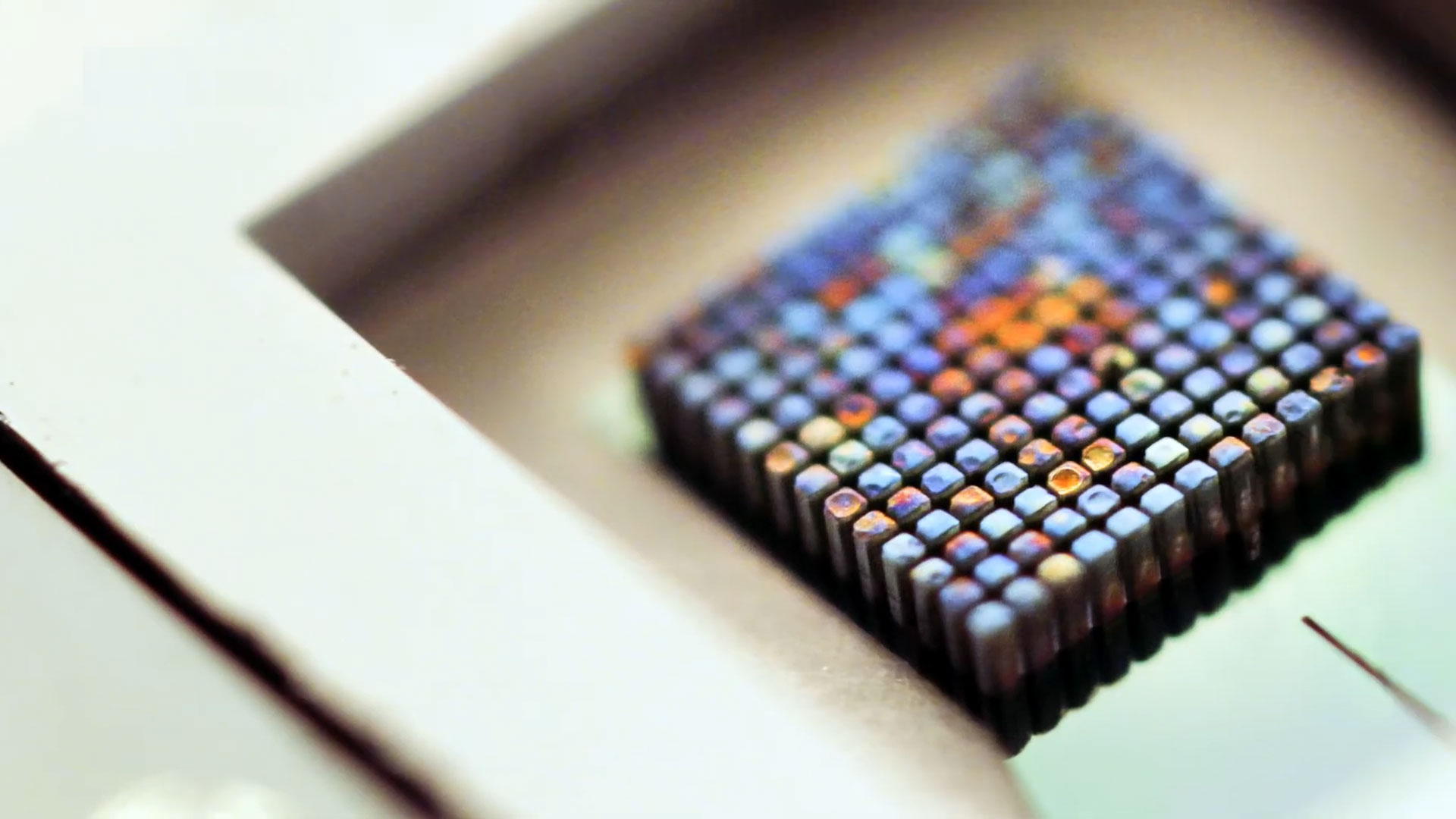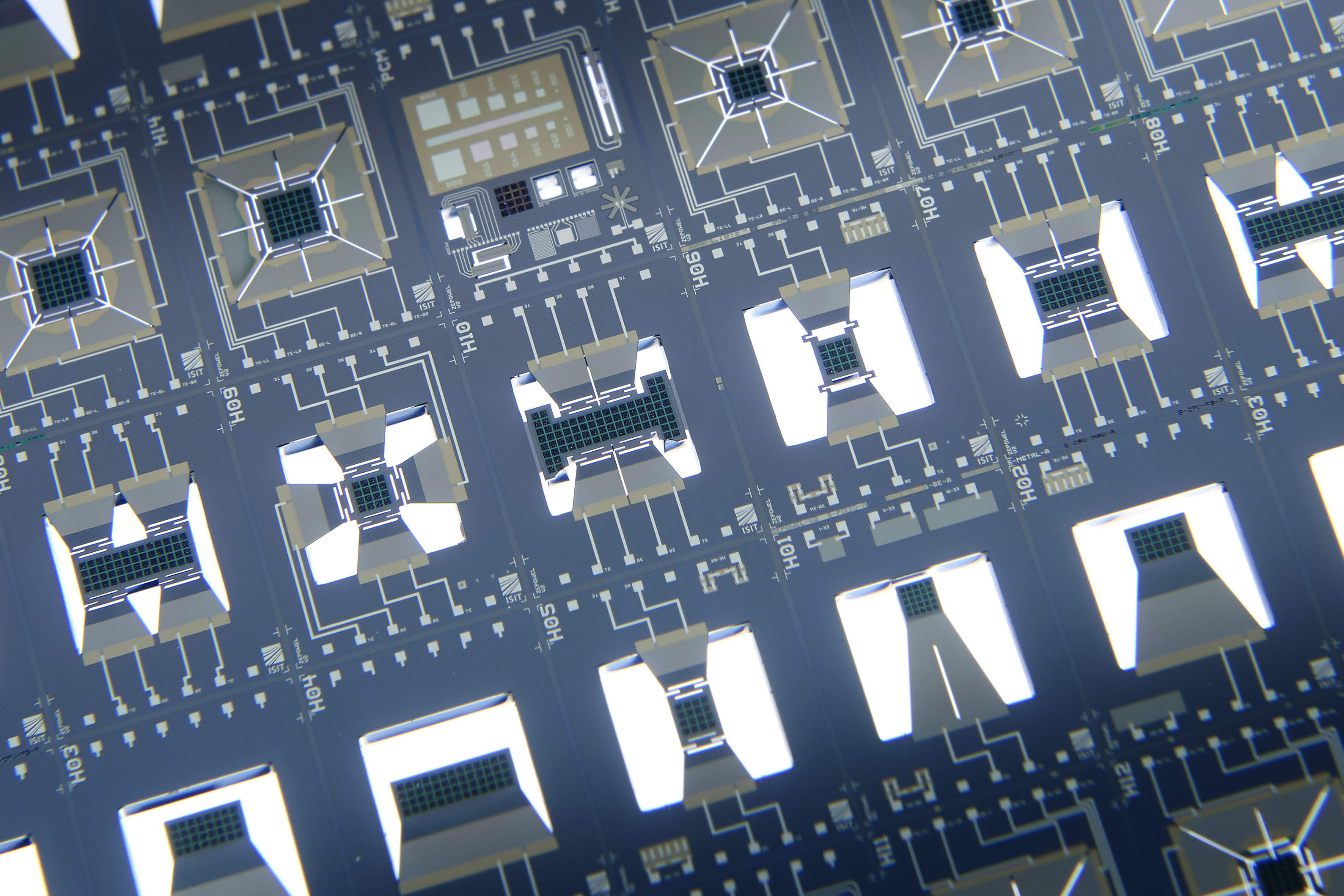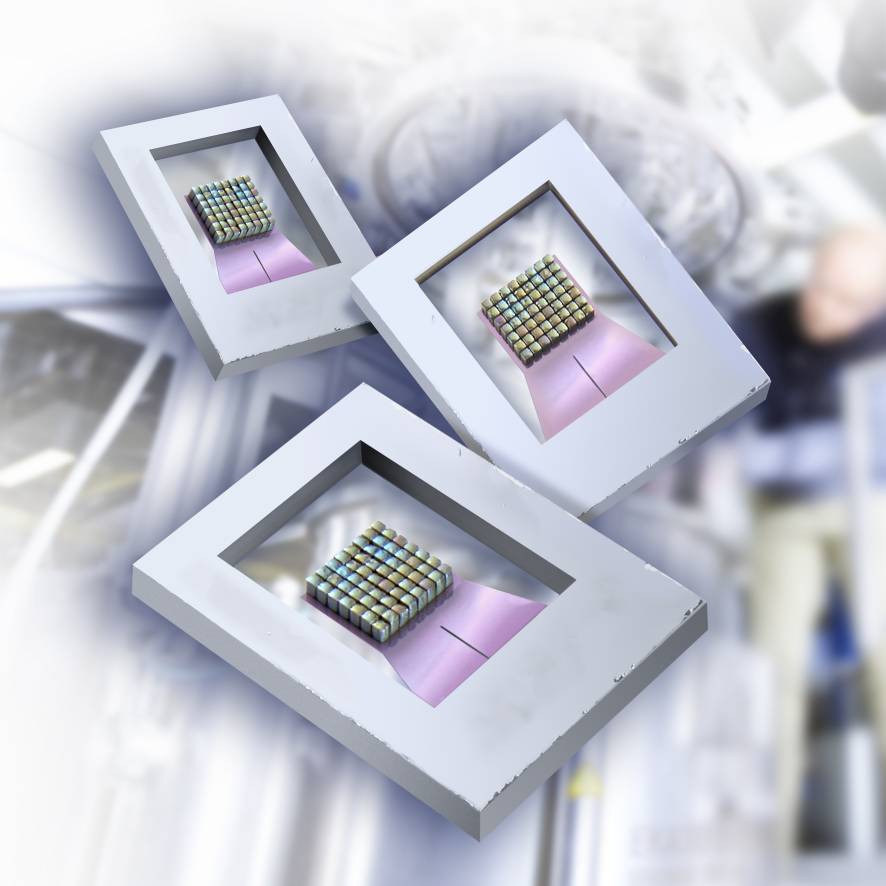Compared to other approaches, ISIT's magnetically excited harvester has several advantages:
- A wide band of mechanical excitation frequencies as well as mechanical shocks can be used.
- In addition to vibrations, rotary motions can also be used for excitation. Magnets on the rotating component excite the integrated magnets of the harvester. This also allows the excitation frequency to be selected independently of the rotational frequency.
- The harvester can use electro-magnetic radiation. For example, wake-up electronics can be implemented that operate without any stand-by power.
- Due to the magnetic force coupling, no seismic mass is required. This enables an extremely compact design, resulting in comparatively high power per component area.
Lead project ZEPOWEL
The lead project ZEPOWEL, short for Towards Zero Power Electronics, was realized by the project participants in the period from 2017 to 2021. A total of nine Fraunhofer sites were involved.
The Fraunhofer lead project is currently working on the development of extremely energy-efficient and modular hardware for various "Internet of Things" (IoT) applications. In the project, Fraunhofer ISIT is developing a broadband "energy harvester" for converting mechanical and magnetic ambient energy into usable electrical energy.
For many sensor applications, energy-autonomous operation is of enormous importance in addition to the acquisition and transmission of measurement data. ISIT in Itzehoe is developing a piezoelectric MEMS "energy harvester" especially for application areas that do not allow supply via power cable or replacement of batteries.

 Fraunhofer Institute for Silicon Technology
Fraunhofer Institute for Silicon Technology

